Given the recent history of the Balkans, the idea of Pan-Balkanism or a Balkan state might sound ludicrous. However, the history of the region shows us that this has not always been the case. Because of a shared history and previous global trends, the Balkan nations have undergone various attempts at some form of unification following the demise of the Ottoman empire. These attempts were not successful as the forces of nationalism and imperialism trumped every Pan-Balkanist movement, but they should not be forgotten because they give us a good counterweight to modern fallacies such as deep rooted ethnic hatred and support the dangerous rhetoric of ethnic superiority.
The first of such movements came from the Christian church immediately after the Ottoman empire’s hold on the region started to weaken. During Ottoman rule, Christians were united in the respect that they were second class citizens. The Millet system, in which each religion’s adherents were considered the same caste, ruled all Christians under the Rūm millet or Roman Nation. While the Balkan population was allowed to keep their Christian identity as long as they accepted being second class citizens, the Ottomans suppressed individual ethnic identities.
After Greek independence in 1821, some social forces started to champion Balkan unity. The strongest was the Greek Orthodox church which had grown powerful in the region as the official representative of Balkan Christians. This meant that the upper classes of Balkan Christians were taught in Greek, which spread Greek language and culture throughout the region. This allowed them to create a cohesive identity which was left after the Ottomans left the region. After independence, the Greek Orthodox church wanted to build up the Rūm millet into one new nation headed by the church, but this ran into some problems. Other ethno-centric churches opened throughout the Balkans as different regions gained more and more autonomy, which caused rivalries over authority and followers. This competition led to religion being a divisive force within the Balkans. Another major issue with a religious Pan-Balkan state based off of Orthodox Christianity is that it would have inherently excluded the non-Christians within its borders.
Christianity was not the only force at this time pushing for Balkan unity. Rhigas Feraios was a Greek independence fighter who was also interested in greater Balkan liberation. He is best known for his text “New Political Constitution of the Inhabitants of Rumeli, Asia Minor, the Islands of the Aegean, and the principalities of Moldavia and Wallachia” which was an attempt to inspire the Balkans to rise up together, as well as for creating the flag that would later be associated with Balkan unity. The extent of how far the average Greek was interested in the liberation of Bulgarians and Serbians is unknown, but Rhigas is just one example of how the early struggles for independence were not strictly ethnical.
This solidarity over a shared Ottoman rule continued after Rhigas, with various groups working to rid the Balkans of the remains of Ottoman occupation. There were cases like the Internal Macedonian Revolutionary Organization, formed in 1893, which fought for Macedonian independence in its earlier years, but later on in its history was very connected to Bulgaria and served Bulgarian interests. Because it worked for liberation with the goal of integrating it into another nation as opposed to self rule, it cannot be seen as an example of Pan-Balkanism.
However, there were multiple other groups which championed Pan-Balkanism. In the early 20th century, many other left leaning groups emerged which were not focused on national interests of individual states but on the liberation of the Balkans as a whole. The Macedonian Secret Revolutionary Committee was one such group. It had strong anarchist leanings and was against nationalism, instead favoring a Balkan Federation much like Feraios. Its main functions were agitating the public against the Ottomans and for the liberation of Macedonia, and its legacy is limited to that.
Shortly after, a more militant group with ties to the MSRC emerged and had far more influence in terms of direct effect on the region. The Boatmen of Thessaloniki (or the Gemidzhiite) used terrorism within Thessaloniki in order to catch the attention of European empires to the region, with the hope of bring attention to the plight of those still living under Ottoman rule. Their short lived bombing campaign ended with no positive effect on the region; Ottoman soldiers massacred many civilians as punishment. This only exacerbated tensions in the region, which shortly after erupted into the Ilinden–Preobrazhenie Uprising.
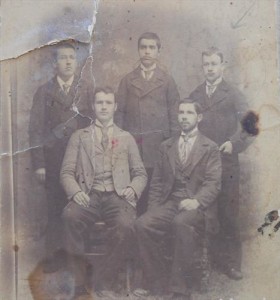
There is a debate between Bulgarian and Macedonian scholars about whether the Boatmen were ethnic Bulgarians or Macedonians. If they are seen as ethnic Macedonians, the Pan Balkan motivations behind their actions could be ignored in favor of a national liberation interpretation. However, a few things must be considered.
First, the Boatmen were a very small group. They were not like the IMRO, which controlled a large fighting force interested in liberating and then holding territory. The Boatmen had the ability to join such a group with more resources if their goal was based on ethnic leadership as opposed to adhering to a common ideology they believed in. Instead, the boatmen acted through propaganda of the deed to encourage rebellion against the Ottomans. Second, anarcho-nationalism had a sizable following within the anarchist community during this time. Simply assuming that because they were anarchists they were against nationalism would be imposing modern anarchist thought into their actions from over 100 years ago. However, there were many prominent members of the Balkan anarchist community at the time (such as Tinko Simov, a Bulgarian anarchist who actively fought against the Bulgarian government) that rejected nationalism and ethnic ties in favor of anarchist style autonomy. The majority of the anarchist movement of the time favored anarcho-syndicalism or anarcho-communism, which were worker based movements that disregarded nationalism as a whole unless it could be used as a tool to provoke revolutionary sentiment. Therefore even if we accept the Boatmen were ethnic Macedonians as a fact, this most likely had no major effect on their anarchist ideology. Third, the Boatmen were graduates of the Bulgarian Men’s High School of Thessaloniki, where they were taught by members of the MSCR who strongly supported a Balkan federation and are seen as a major influences on the Boatmen. It is hard to imagine that students taught by strong advocates of Balkan unity and opponents of nationalism would be following a complete opposite form of thought. Therefore the debate of whether the boatmen were Macedonian or Bulgarian is not very relevant, at least for the purposes of Pan-Balkan history. This focuses simply on their actions when the focus should be on the ideology behind their actions, which was removing the last remaining traces of Ottoman rule from the region.
Following these events, the influence of anarchism on the Balkans waned. The next forces to work towards a Balkan federation were the communist, socialist, and agrarian parties of the region. The socialist parties in the Balkans had ties to the Second International, which was an organization formed to create unity between leftist movements beyond borders. This led to more localized attempts at creating cross-border socialist movements, the first major one being the Balkan Socialist Conference in 1910 which openly supported a Balkan Federation. Under their platform, this federation would have even included Turkey because “The Ottoman proletariat is united in agreement with the universal proletariat to fight against war in general” and “Only a Balkan Federation will enable the nations of the Balkans to ensure their total development of culture and political independence.” During the two Balkan wars, the Balkan communist, socialist, and agrarian parties engaged in a powerful anti-war campaign. They were unsuccessful but their effort was connected with a surge in electoral support for each, particularly the socialist parties.
When the first World War came, the Balkan left became very divided. The socialists were split between pro-government socialists who supported their respective nations and the far left socialists who encouraged turning the war into a class war, much like the Bolsheviks. This schism led to a radicalization of politics that Balkan communists most benefited from, resulting in the Balkan Communist Federation which held its first conference in Sofia in January 1920. This culminated in the May Manifesto four years later which promoted establishing a Balkan communist federation, an independent and reunified Macedonian state, and closer ties to the Soviet Union. This schism showed the divide between the moderate socialists against the radical socialists and communists, the former wanted gradual unification between the Balkan states while the latter wanted a complete overthrow of the present governments in order to create a Balkan Socialist Soviet Republic. To make tensions worse, the two sides became bitter rivals over who would be the true voice of the limited recruitment pool of Balkan workers.
The idea of closer ties to the Soviet Union or even a hypothetical Balkan Socialist Soviet Republic state remained for decades as the far left of the time believed in a global, united proletarian which would be needed to advance a global marxist revolution. But had a Balkan Socialist Soviet Republic arisen, its connection to the Soviet Union would have been very problematic. This could have resulted in a Balkan state largely subordinate to Soviet interests as opposed to its own.
Agrarian parties also advocated for a Balkan federation and the creation of a Green International which would have tried to unite farmers and agrarian parties of the world in a way that the Socialist International was able to for socialists.
The Bulgarian agrarian party was in power from 1919 to 1923. Aleksandar Stamboliyski, a strong supporter of Bulgarian integration into Yugoslavia as well as a greater Balkan state, was the Bulgarian prime minister during the agrarian party’s rule. Stamboliyski was famous for identifying not as a Bulgarian but as Yugoslavian during a parliamentary hearing in 1914. He was also arrested for opposing Bulgarian intervention in World War I because he saw Bulgaria’s Serbian front as fratricidal. After being freed, Stamboliyski organized Bulgarian troops and forced King Ferdinand to abdicate the throne, later leading the agrarian party to power in the same year.
The Croatian agrarian party was the second most powerful agrarian party of the region. The Croatian Peasant Party was founded by Stjepan Radić in 1904. Radić was not originally interested in a Balkan or South Slav union but instead empowering Croatian peasants through land distribution. However, when Yugoslavia was established, he and the party started advocating for a decentralized federation which would expand to Bulgaria, eventually taking in Romania and Greece. For Radić, this was a way of making sure that Yugoslavia did not become Serb dominated. The Slovenian People’s Party of the time agreed with this sentiment, originally supported Slovenian independence, but then shifting to autonomy in and expansion of Yugoslavia in order to have more decentralized power which would ensure Slovenian autonomy within a greater union.
This greater-Serbian/Balkan Federation debate was at the time framed as a “Radić-Stamboliyski against Pašić-Davidović” conflict (Pašić and Davidović being the first two prime ministers of Yugoslavia). It is no wonder that both Radić and Stamboliyski were assassinated, the former by a Serbian nationalist and the latter in a far right coup which included IMRO who saw Stamboliyski as a traitor to Bulgaria for his views on an independent Macedonia. Stamboliyski supported this as a national concession to show his commitment to ending the Bulgarian claims over Macedonia and instead support for a Balkan Federation.
In the 1920s, political repression eventually took the force out of pro-federalization parties who were struggling but still able to maintain relevancy during events such as King Alexander’s dictatorship in Yugoslavia and the white terror in Bulgaria which targeted both communists and agrarians. La Fédération Balkanique was a bimonthly magazine which took up the mantle of promoting a Balkan Federation. It was published from 1924-1931 in all of the Balkan languages, but it did not have the same effects on the region that the former left wing movements held.
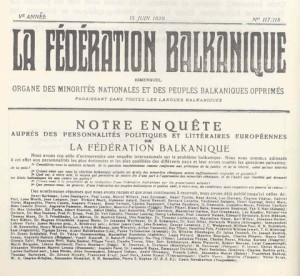
Though the movement’s leaders were killed, the efforts continued through the first Balkan Conference which was proposed by a former Greek Prime Minister, Alexandros Papanastassiou. Delegates from all over the region met in Athens in October, 1930 and then again in the following year in Istanbul, Romania in 1932, and Thessaloniki in 1933. The first meeting had more to do with theoretical peacebuilding, with agenda items such as utilizing the Hague International Court of Justice and the issue of minorities. The later meetings went further into establishing mutual organizations such as a Balkan postal union and health bureau. These meetings were much more serious than the earlier attempts by socialists and communists as they weren’t hypothetical ‘after the revolution’ plans but instead were attended by the foreign ministers of the Balkan countries, even though they were not empowered to act on behalf of their governments. They were also not organized by leftists, but instead in politicians that saw the practical benefits of a unified and decentralized state. This attempt could be attributed to the fact that the previous decade had many cases cooperation necessary to prevent further conflict, such as the Greco-Bulgarian Agreement of December 9th, 1927 to deal with repayment over confiscated property during population exchanges.
Following this, the Balkan states drifted away from the forces of unity and towards another ‘fratricidal’ period. In 1934, Bulgaria suffered another brief right wing military regime which was soon reversed, but the country remained on track to cement closer ties with the Axis powers. Interestingly enough, some of the forces in this coup were interested in Bulgaria entering Yugoslavia. The Little Entente, a military alliance between Czechoslovakia, Romania, and Yugoslavia fell through in 1937 when Romania and Yugoslavia refused to help Czechoslovakia when it was threatened by Nazi Germany. Italy slowly started to force its influence into Albania following World War I, until the military invasion and resulting occupation of 1939. Greece had suffered from the national schism during World War I which resulted in two coup attempts during the interwar period (one successful in 1922 and one not in 1935) so its foreign policy and support on Balkan integration was shaky and dependent on both internal peace and whoever was in power at the time. Yugoslavia was attacked by Germany in 1941, which resulted in Bulgarian forces occupying part of Yugoslavia in the latter stages of the conflict (particularly Macedonia), which it returned after the war as a token for peace between the two new communist countries.
Following World War II, the communists managed to take power in Albania, Bulgaria, Romania, and Yugoslavia. However, Yugoslavia soon became suspicious of both the West and the Soviet Union, so it was weary of Albania, Bulgaria, and Romania as they had strong ties to the Soviet Union. Any credible interests of incorporating Bulgaria into Yugoslavia as the last South Slav nation not yet in Yugoslavia died with the Tito-Stalin split. Albania also later left the Soviet Union’s sphere of influence while seeking greater ties with the People’s Republic of China. Greece was stuck in a civil war which ended with an anti-communist regime taking power. The communist regimes in Albania, Bulgaria, and Yugoslavia all worked together to assist the communist rebels of Greece, but this cooperation was unsuccessful. This all resulted in a wide variety of interests and ideology clashing in the region, ending the closest the Balkans ever got to a unified federation.
After the cold war, new ideas related to a Balkan state emerged. From a neoliberal perspective, the Balkans are potentially more united they have ever been through membership or possible expansion into the EU. However if one looks at the Schengen Area where European borders are internally eliminated, it is clear that the Balkans and the EU are two very separate entities. Depending on one’s outlook, this can either mean that the Balkans have to continue progress until they are ready to join the EU, or that the Balkans are not yet seen as equals to the rest of the EU.
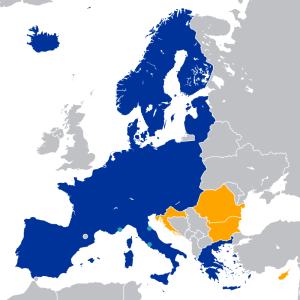
There are some parties in the Balkans, and the rest of the EU, that are opposed to the idea of a European Union, particularly because of the requirements made on the member states and austerity measures that particular countries have accepted. These measures and structural adjustment programs have been compared to requests that the great powers had of their Balkan protectorat states just over 100 years ago which landed the Balkan countries further in debt and at the mercy of the great powers. While it is foolish to think of this as a significant threat to the EU, it is still worth mentioning as certain protest parties, such as EPAM in Greece, are supporters of scrapping the EU in favor of a state with the ability to more directly advocate for the interests of the Balkans.
The prospect of a future Balkan federation is bleak. For one, it would require the end of the EU. While there is talk of the EU falling apart under economic pressure from its poorer states (particularly Greece) and the current refugee crisis, there is little reason to believe that the EU is going to go away anytime soon. Similarly, the bloody wars that followed the end of Yugoslavia could be used to claim that the idea would never work. This may be true, but it is worth remembering the fact that the original Balkan Wars were not a barrier to the spread of the original calls to a Balkan federation.

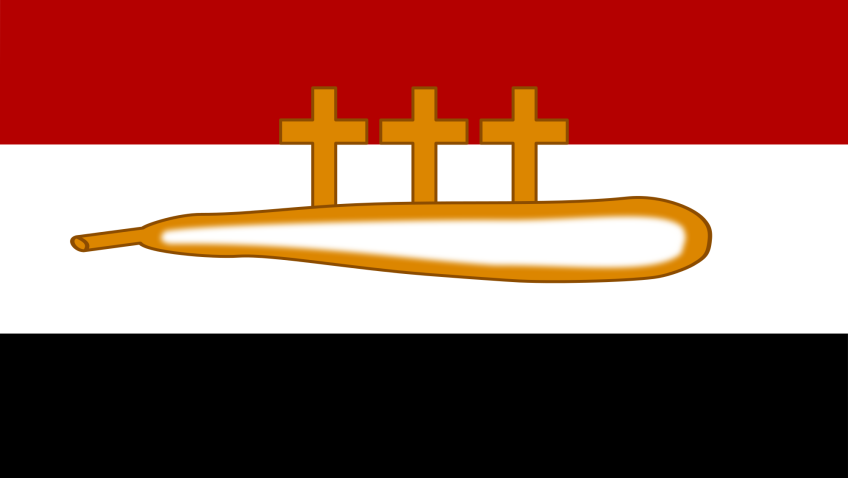
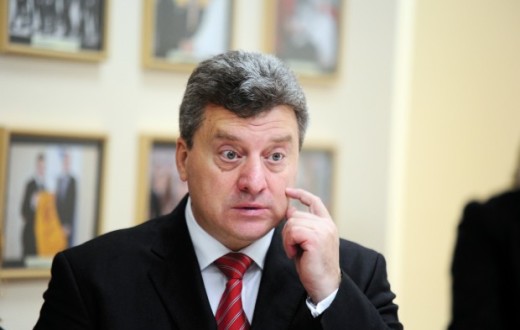
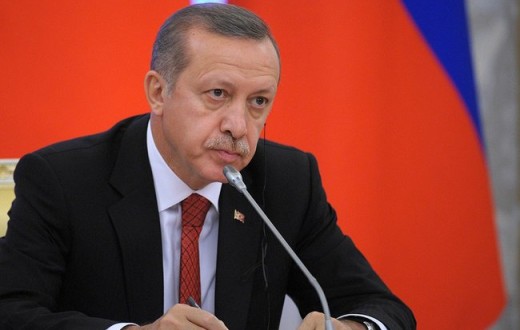
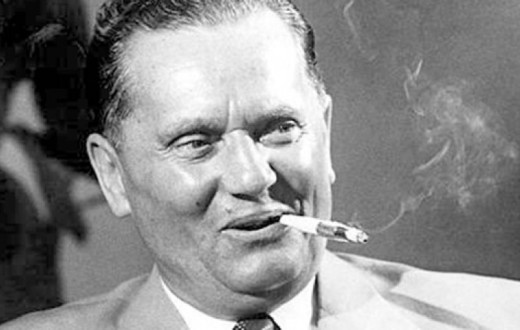

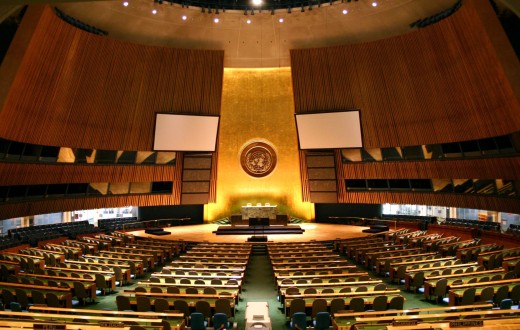
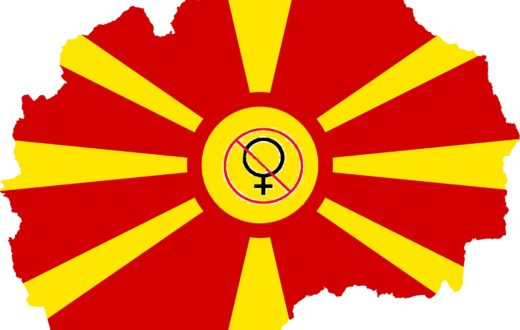
0 comments